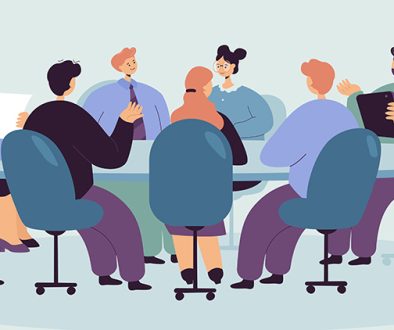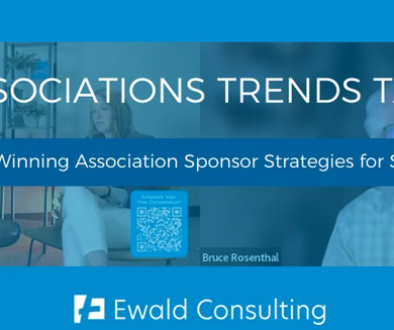A Step-by-Step Guide to Crafting and Delivering Effective Legislative Testimony
Introduction
Testifying before a legislative committee is a powerful way to influence policy and ensure your voice is heard. However, the process can seem intimidating, especially if you’re new to it. This comprehensive guide will walk you through the steps of preparing and delivering effective testimony, helping you make a meaningful impact. For a deeper dive into the process, be sure to watch our video on testifying before the Minnesota legislature, where we provide real-life examples and additional tips.
Understanding the Legislative Process
Before diving into the specifics of testimony, it’s important to understand the legislative process. Bills are introduced and assigned to committees, where they are debated, amended and voted on. Public testimony is often a critical part of these committee hearings, allowing citizens to present their views directly to lawmakers.
Step 1: Tracking the Bill
The first step in preparing to testify is to be aware there is legislation that could impact your area of interest. The news media covers some of the high-profile bills that are introduced at the legislature, but because thousands of bills are introduced every year, not all of them get media attention. Ewald’s Government Relations team can do that monitoring for you. Contact us for details. Once you know there is a bill, you will want to stay informed about when and where the bill you care about will be heard. You can set up an alert to track your bill on the Minnesota Legislature website. Committees typically post their schedules online a few days in advance, but sometimes they don’t post their schedules until the day before the hearing. Regularly check these schedules to ensure you don’t miss the opportunity to speak on the issues that matter to you.
Step 2: Signing Up to Testify
Once you’ve identified a bill you want to speak on, it’s time to sign up to testify. Here’s how:
- Contact the Committee Administrator: Email or call the committee administrator to get on the testifier list. Provide your name, the bill you’re addressing, and whether you support or oppose it.
- Confirm the Details: Ask how long you’ll have to speak, whether testimony is in-person or virtual, and if there are any specific procedures you need to follow.
Step 3: Crafting Your Testimony
Crafting your testimony is crucial to ensuring your message is clear, concise and impactful. Here’s how to do it:
- Understand Your Audience: Legislators may not be experts on every issue. Your goal is to educate and persuade them by presenting clear, factual arguments. Our video showcases effective testimonies that you can use as inspiration.
- Structure Your Testimony: A typical testimony should follow this structure:
- Introduction: Address the chair and committee members, state your name, any organization you represent, and the bill number with your position on the bill.
- Body: Explain the issue, provide supporting data and share personal stories that illustrate the bill’s impact.
- Conclusion: Summarize your key points, restate your position and thank the committee for their time.
- Be Concise: Legislators often have limited time, so it’s essential to make your points quickly and avoid unnecessary details. Aim to be clear and to the point.
- Use Personal Stories: Personal experiences resonate more than abstract arguments. Explain how the bill affects you or your community to make your testimony more compelling.
- Support with Facts: Bolster your arguments with data and evidence. This adds credibility and can help persuade undecided legislators.
Step 4: Practicing Your Testimony
Preparation is key to delivering effective testimony. But remember, you do not have to memorize your testimony — reading it from a script is a great way to ensure you stay on task, on time, and get your message across. Follow these additional tips to ensure you’re ready:
- Practice Aloud: Reading your testimony aloud will help you get comfortable with the material and identify any awkward phrasing.
- Simulate the Environment: Practice in a setting with background noise to mimic the hearing environment. This helps you stay focused and clear during distractions.
- Time Yourself: Ensure your testimony fits within the allotted time. It’s better to finish slightly early than to run over.
- Seek Feedback: Practice in front of friends or family and ask for their input. Adjust based on their suggestions.
Step 5: Delivering Your Testimony
When the day arrives, remember these key points to make your testimony as effective as possible:
- Arrive Early: Give yourself plenty of time to find the room, check in with the committee staff, and get settled.
- Stay Calm and Clear: Speak slowly, enunciate clearly, and project your voice. Confidence and clarity are crucial in making a strong impression.
- Maintain Eye Contact: Try to engage with the committee members by maintaining eye contact. This helps convey sincerity and confidence.
- Be Prepared for Questions: Legislators may ask follow-up questions for clarification. If you don’t know an answer, it’s okay to say so and offer to follow up later.
Step 6: Following Up
After your testimony, follow up with committee members if you promised additional information. This helps reinforce your commitment and keeps the conversation going. It’s also a good opportunity to build relationships with legislators who may become key allies.
Conclusion
Testifying before the Minnesota legislature is a powerful way to contribute to the democratic process. By following these steps, you can craft and deliver effective testimony that resonates with lawmakers and helps shape policy. For a more detailed exploration of this process, including real-life examples, watch our video on how to testify. Remember, your voice matters — make it count by being prepared, confident, and clear in your message.



